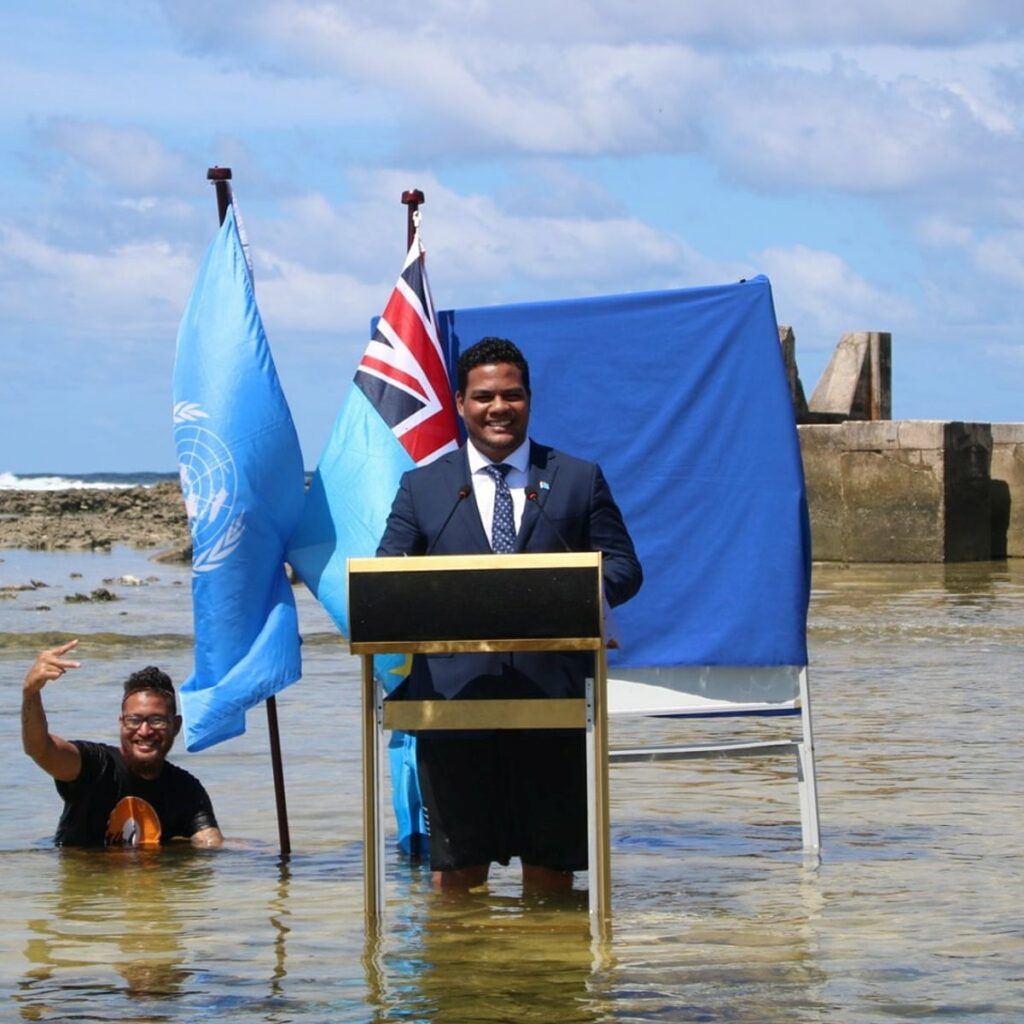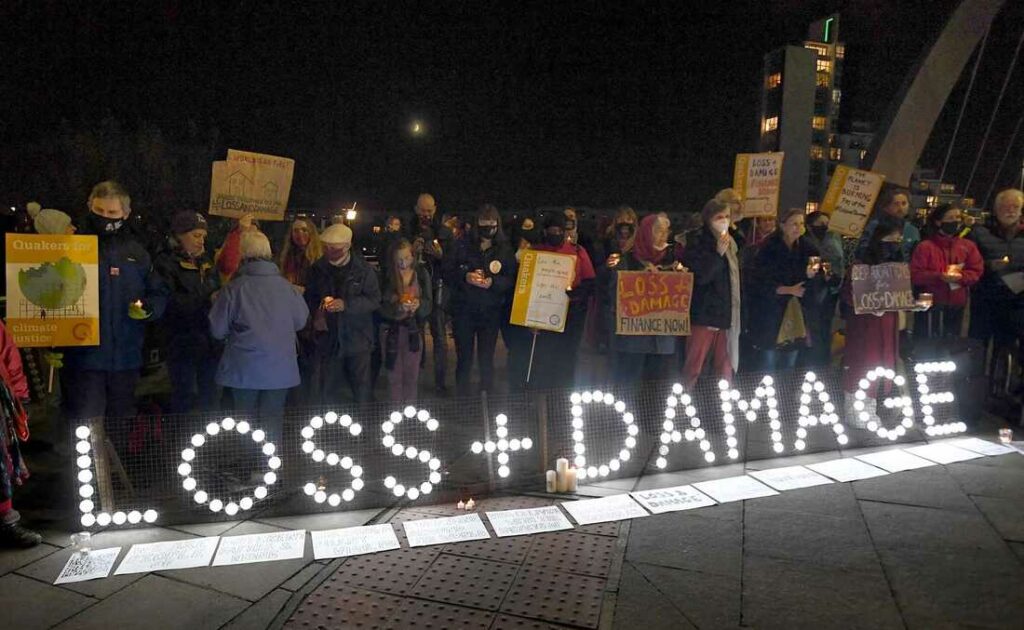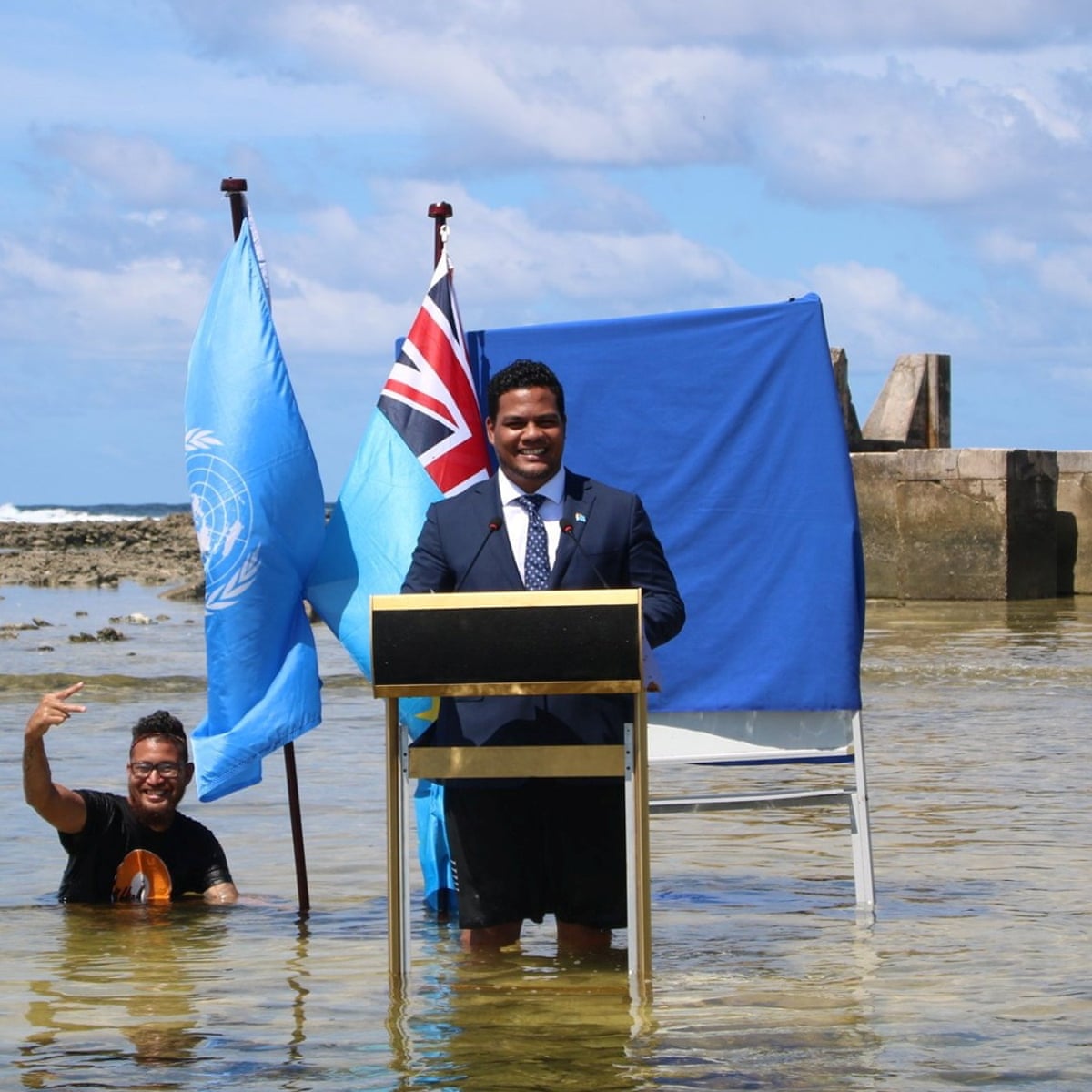In a time marked by escalating climate impacts, climate anxiety, and uncertainty, mounting attention has been brought to the urgent needs of climate-vulnerable countries. Developing countries and small island nations are bearing the brunt of devastating storms, rising sea levels, and dwindling crop yields, despite not being responsible for a large portion of the greenhouse gas emissions that have induced climate change.
Although loss and damage is possibly one of the most politically contentious of climate talks, as it raises issues surrounding historical responsibility, accepting liability and compensation costs, the 26th Conference of Parties (COP26) to the United Nations Framework Convention on Climate Change (UNFCCC) nonetheless provided a stage for the emotional pleas for a loss and damage facility from a powerful grouping of nations called the G77 and China, which represents 130 nations and 85% of the world’s population. Despite being the third pillar of international climate policy since the Paris Agreement in 2015, prior to COP26, no specific funding had ever been set aside for loss and damage (Carbon Brief, 2021). However, the long-standing demand for a funding facility was highlighted by the cries of delegates from Kenya, where 2 million people are starving from climate-caused drought, Tuvalu, a “literally sinking” island, and Bangladesh, a country spending ~ $2 billion a year on recovering from damage caused by climate change.

So, what happened at COP26 in relation to loss and damage? On the one hand, loss and damage gained widespread recognition at the summit both in the blue and green zones and among climate activists outside the arena. Remarkably, the first money ever committed specifically towards this cause was put forward by the Scottish First Minister, Nicola Sturgeon. In addition, COP26 saw loss and damage emerge as a key dispute, consequentially prolonging negotiations as developing nations and island states refused to be swayed from the entrenched belief that money should be provided to help vulnerable communities.
However, despite the fact that the Glasgow Climate Pact did not reflect the people’s demands for fair financing means to adaptation, loss and damage and mitigation action in the Global South; the inclusion of loss and damage in the cover decision is historic. Ultimately, strong opposition from the historical emitters of the US, EU, and Australia blocked the establishment of a funding facility in the draft text.
In short, delegates that gathered in Glasgow negotiated several key questions related to loss and damage, on which the previous conference of the parties in 2019 could not reach an agreement. The main issues revolved around the finance of loss and damage, the governance of the Warsaw International Mechanism (WIM), and the operationalisation of the Santiago Network for loss and damage.
At this point, it should also be noted that loss and damage is not simply to compensate the losses and damages to livelihoods and infrastructure due to climate disasters already incurred by climate-vulnerable countries but also losses in terms of culture, knowledge and traditions – truly invaluable to any nation.
The proposed creation of a “Glasgow Loss and Damage Facility” by the G77 and China, through which developed-country Parties would commit to finance earmarked for loss and damage, allow the WIM to be governed by both the convention under which the mechanism was established and the Paris Agreement, and to fully operationalise the Santiago Network with staff, funding and accessible networks(Puig & Roberts, 2021).
Unfortunately, the proposal was not included in any formulation of the “Glasgow Climate Pact” due to opposition from a minority taking hostage of the global carbon dioxide budget and was kicked down the line to COP27 in Egypt. In its place, paragraph 73 of the agreement calls for the establishment of a “Glasgow Dialogue between Parties, relevant organisations and stakeholders to discuss the arrangements for the funding of activities to avert, minimise and address loss and damage associated with the adverse impacts of climate change”. Would the outcome have been different if the representation at COP26 accurately reflected the proportion of global concerns by making more of an effort to include marginalised groups from the countries most affected?

Unfortunately, a multitude of issues were delayed for another year and set aside for further discussion at COP27 and at the UNFCCC intersessional meetings in Bonn, Germany in mid-2022. However, all hope is not lost yet for loss and damage funding in the future. A range of ideas have been proposed on how to fund loss and damage costs, address the persisting imbalance between funding for mitigation, adaptation and loss and damage, and how to create enabling environments.
It should also be highlighted that the recent decisions on the Common Time Frames agreement could further aid the implementation of loss and damage finance by aligning NDC target dates around five-year cycles to increase ambition and action (WRI, 2021). First and foremost, the future funds provided must be sufficient, needs-based and channelled based on equity, historical responsibility and apply the polluter pays principle. Finance flows should also be consistent with a pathway towards low greenhouse gas emissions and climate-resilient development therefore suggestions have been made to fund such facilities by placing new taxes on fossil fuel sales and aviation. Similarly, there have also been suggestions to increase commitments by financial institutions by delaying debt service payments to provide additional fiscal space for countries affected by extreme climate events or by funding specific activities such as data processing, early warning systems, providing insurance policies, and humanitarian relief (Wenger & Firm, 2021).
What is also needed to raise awareness and funding towards loss and damage facilities is the creation of enabling environments atthe national level to mobilise loss and damage finance to ensure country ownership, self-determination of its distribution, gender responsiveness, and reporting frameworks to measure and monitor its implementation (McQuister, 2021).
Loss and damage funds should in essence reflect the ideals of the UN Sustainable Development Goals to be far-reaching and extend to those that are in the furthest mile. Moreover, the establishment of reporting frameworks is essential to identify and quantify the scale of funding needed and the scalability of the task at hand. To sum up, loss and damage will need to be given the same amount of attention and consideration as the other two pillars of international climate policy, mitigation, and adaptation at next year’s COP27, in order to best support developing countries and small island nations going forward by providing multiple networks of finance and dialogue.
References:
Carbon Brief, (2021). COP26: Key Outcomes agreed at the UN Climate Talks in Glasgow
McQuister, (2021). Loss and Damage at COP27
Puig & Roberts, (2021). Loss and Damage at COP26
Wenger & Firm (2021) Loss and Damage :Issues for COP26
WRI, (2021). Key Outcomes from the UN Climate Talks in Glasgow
